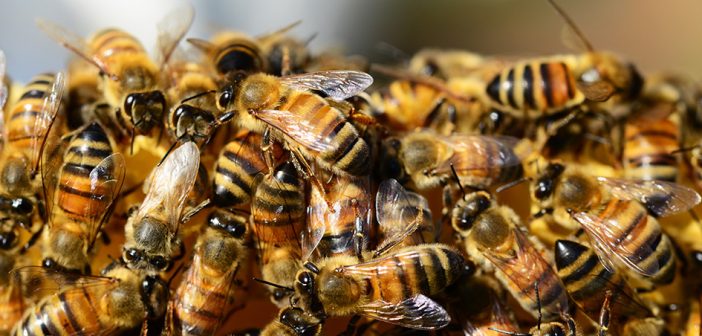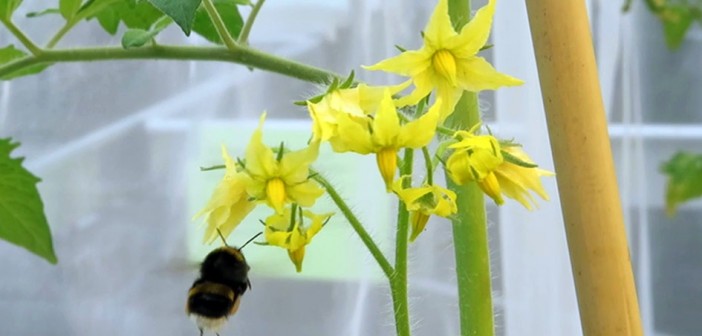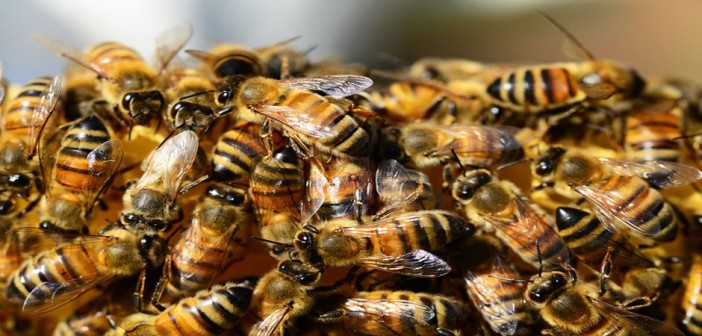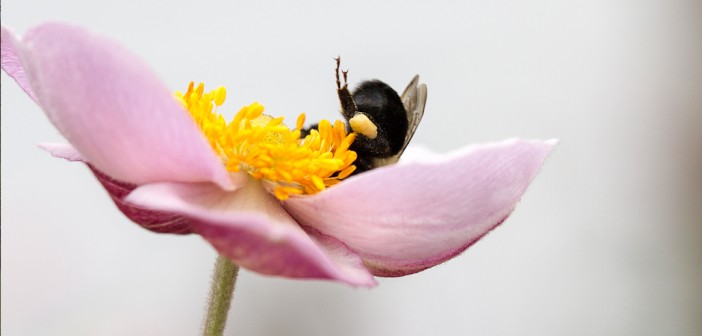Hopes for a new family of agricultural insecticides with little impact on non-target species, such as bees, may suffer a setback as researchers claim that they could pose similar risks to pollinating insects.
Sulfoximines have been promoted as the next generation of pest control chemicals, with a number of products already gaining approval around the world in countries including China, Canada and Australia. However, research published in the journal Naturesuggests that they could cause non-lethal effects in bees which may have unintended consequences.
One of the scientists behind the paper, Dr Ellouise Leadbeater of Royal Holloway, University of London, told the BBC: “Our study highlights that stressors that do not directly kill bees can still have damaging effects further down the line, because the health of the colony depends on the health of its workforce.”
Friends of the Earth pesticide campaigner Sandara Bell commented, “This study shows that replacing one harmful pesticide with another is not the solution to protecting our crops.” However, the NFU said that it was vital that farmers and growers had ‘an effective crop protection toolbox available to combat pests and allow them to produce food for the public.’
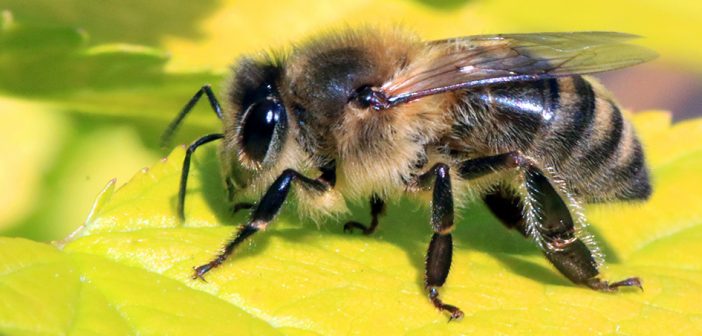
Photo Credit: Wikimedia Commons
The post Next generation of pesticides could be harmful to bees appeared first on Hort News on 30 August 2018.

